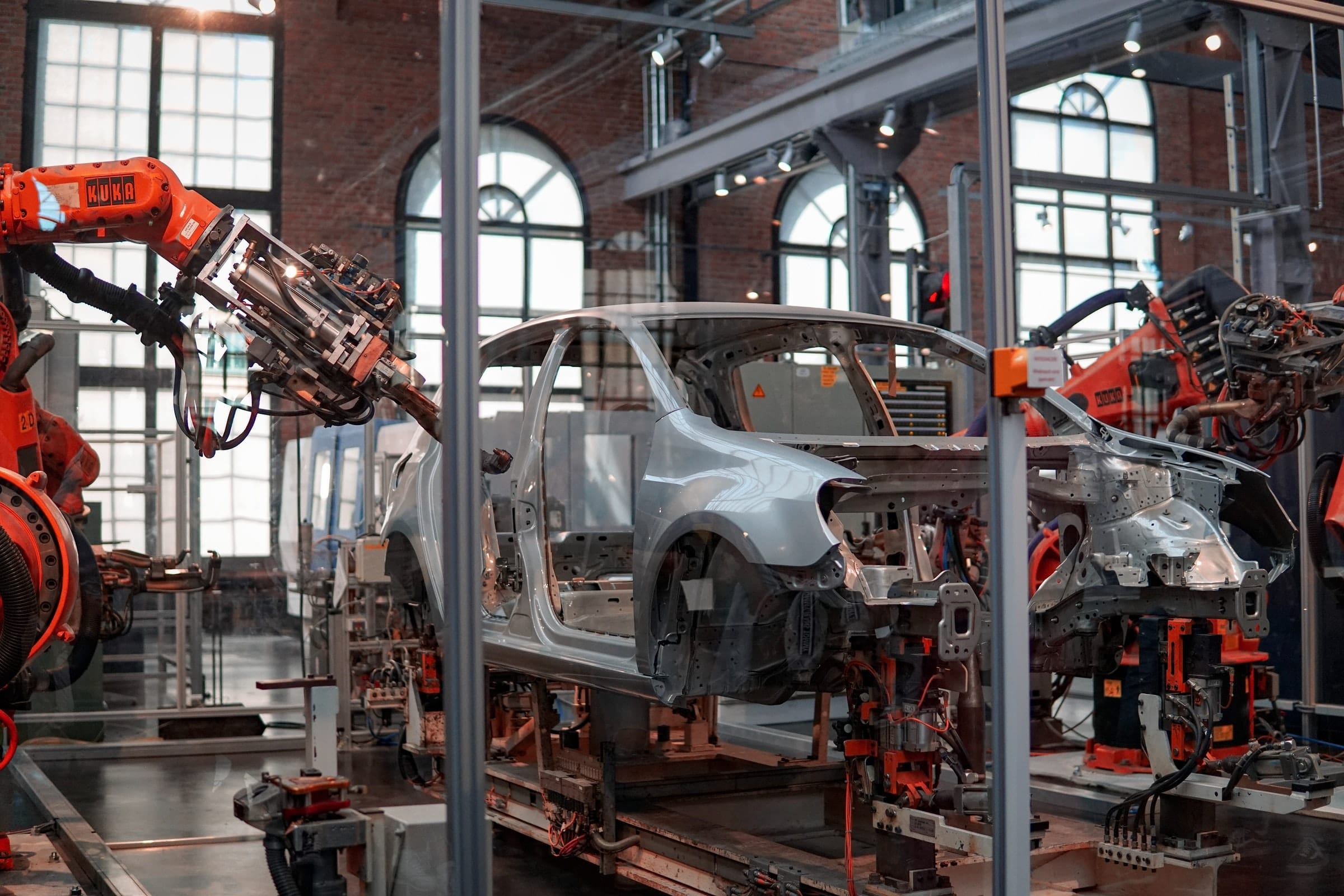Auto companies are making greater efforts to take better care of their workers. To do so, they’ve implemented state-of-the-art tech tools that are proving helpful already.
Some years ago, CNet reported that Ford Motor Company has invested in exoskeletons for their auto workers’ safety. The EksoVest is a lightweight, wearable exoskeleton that provides between 5 and 15 pounds of lifting assistance to Ford’s factory workers. It fits people of various heights ranging from 5 feet, 2 inches to 6 feet, 4 inches. As a result of using the vests, Ford workers have noticed diminished levels of fatigue.
Ford line workers can perform up to 4,600 overhead tasks a day with weights that average equivalent to a bag of flour. Given the recent success of the vests, the United Automobile Workers union is considering helping expand the vest use to more automobile manufacturing facilities.
Ford isn’t the only company assisting their employees with new tech; General Motors also introduced a force-multiplying robotic glove that aids employees in reducing muscle strain from gripping hand tools throughout the day. The RoboGlove originated in 2011 when GM worked with NASA to launch a humanoid robot into space.
Additionally, Ford is using body-tracking suits to enable 15 different sensors to help employees avoid potential behaviors that could increase their likelihood for injury. The tech being used is the same technology that video game developers and sports stars use to track body motion. With proven success, Ford hopes to expand the suits to more factories around the world.
Reality Changing Observations:
1. In what ways is using emerging technology to aid employees beneficial to companies whose products are difficult to manufacture?
2. How do you think that technology and human job integrations will advance in the next 25 years?
3. How do you think that using advanced emerging tech in the workplace will impact healthcare benefits in the future?





